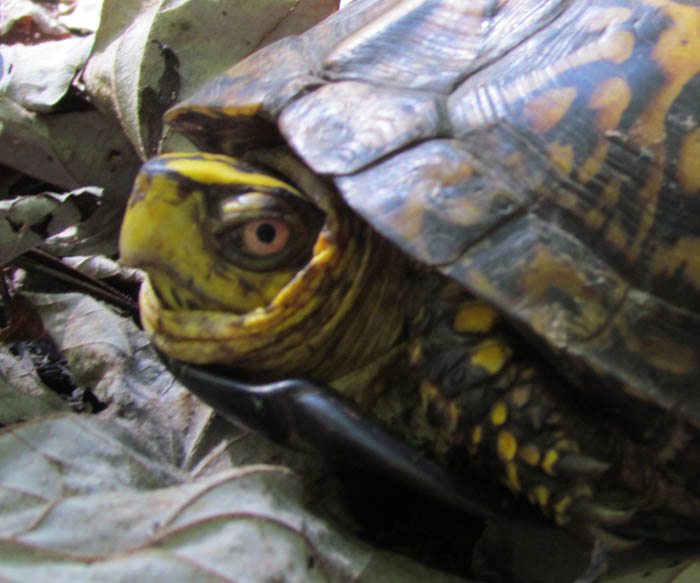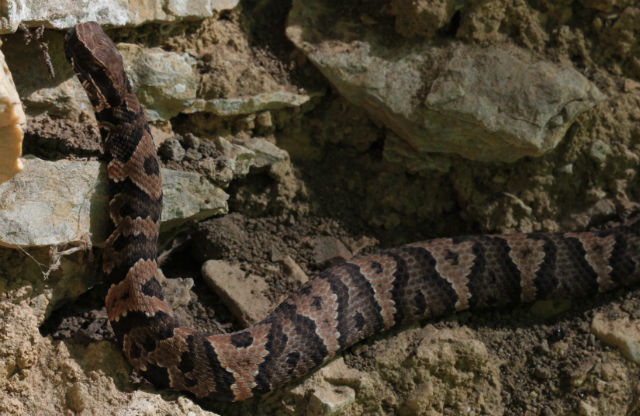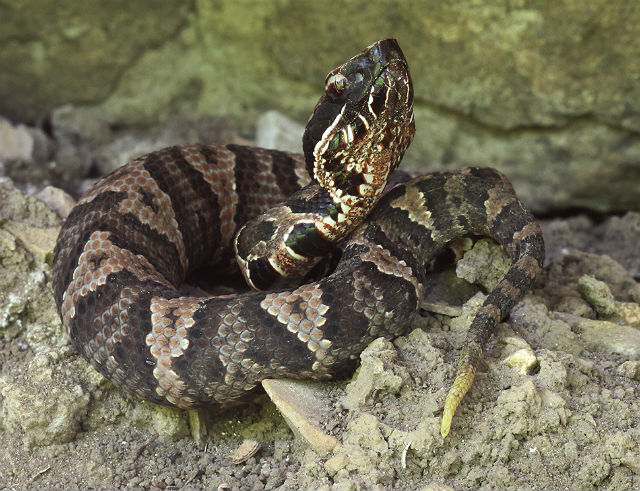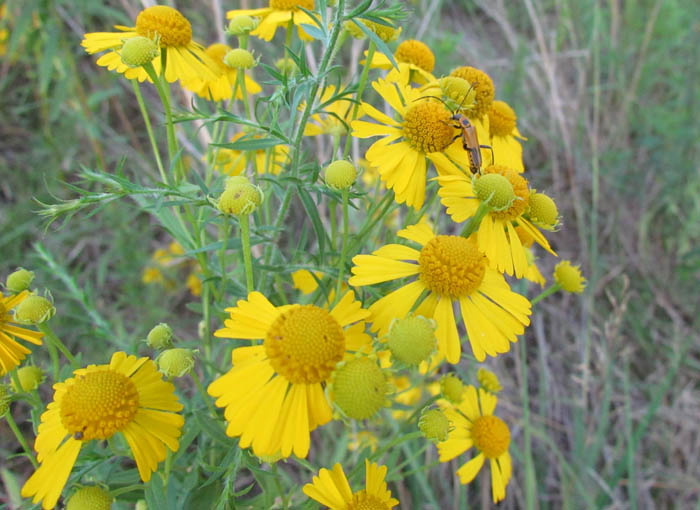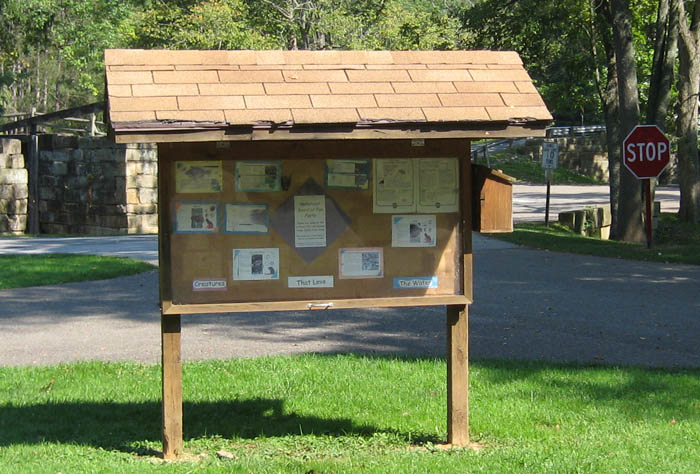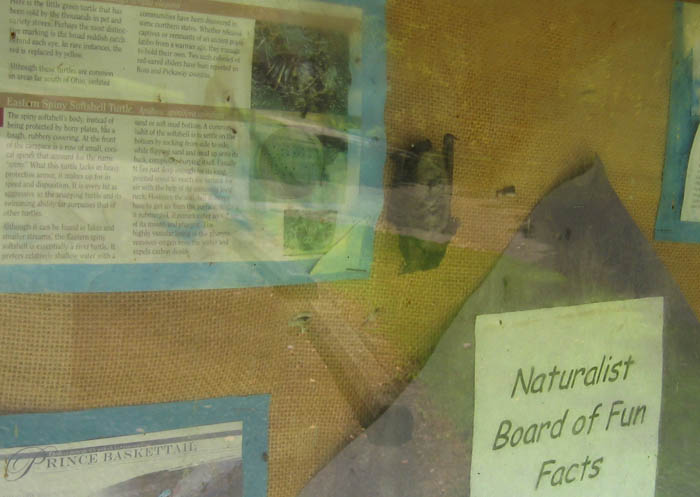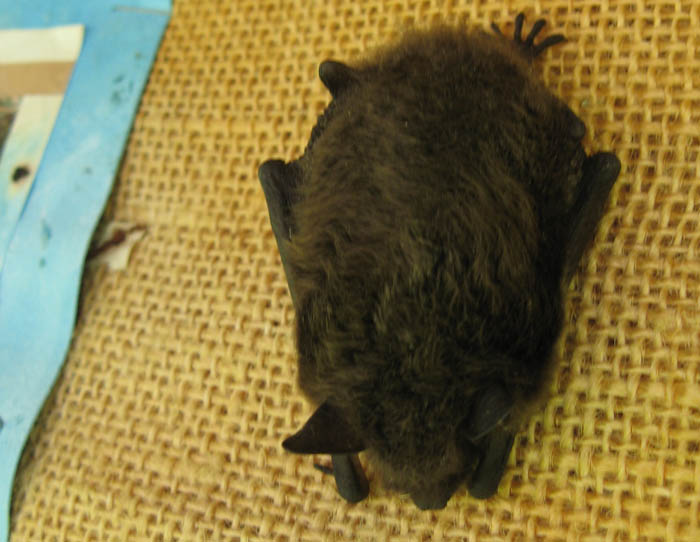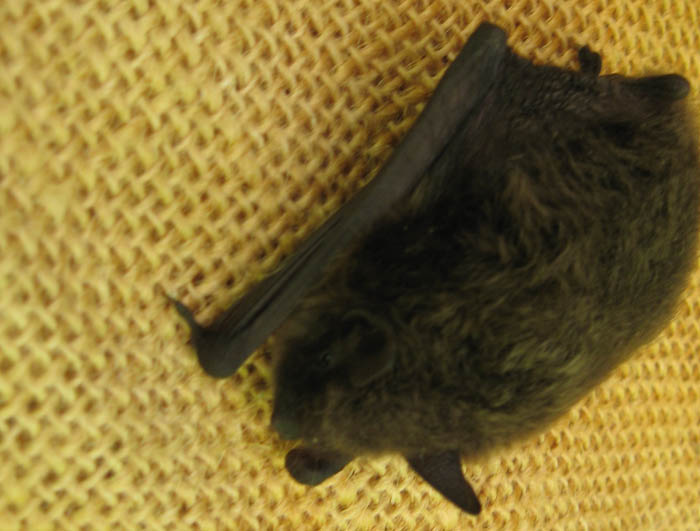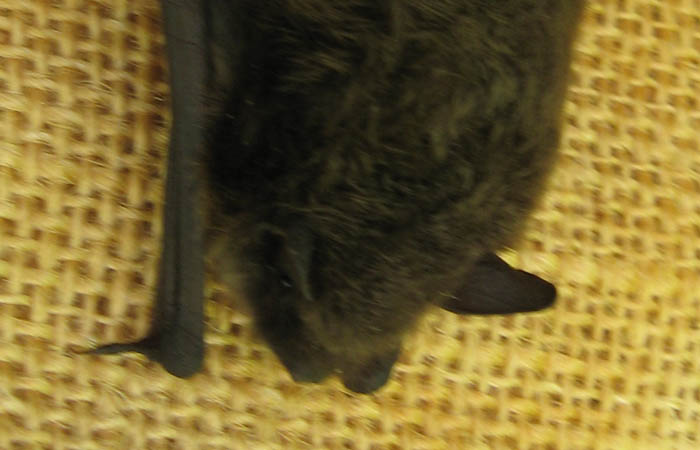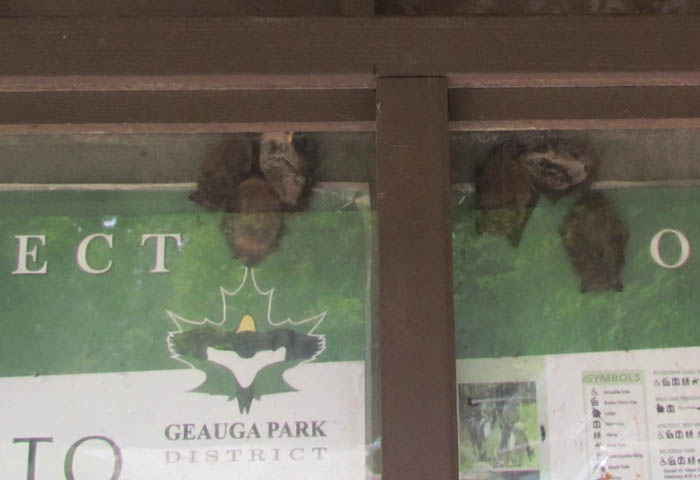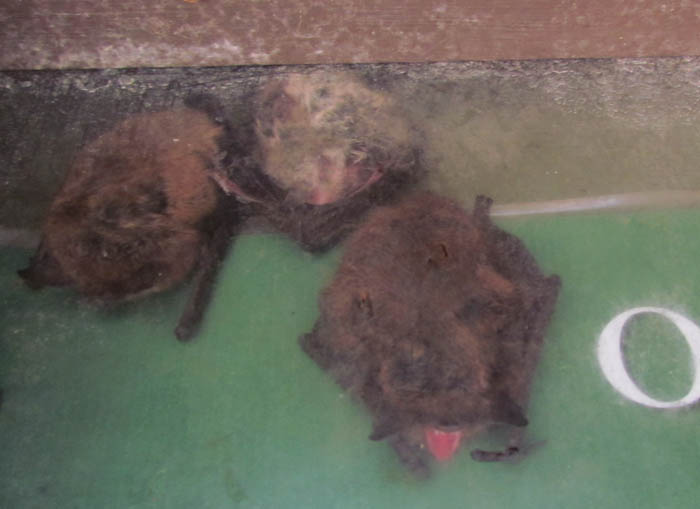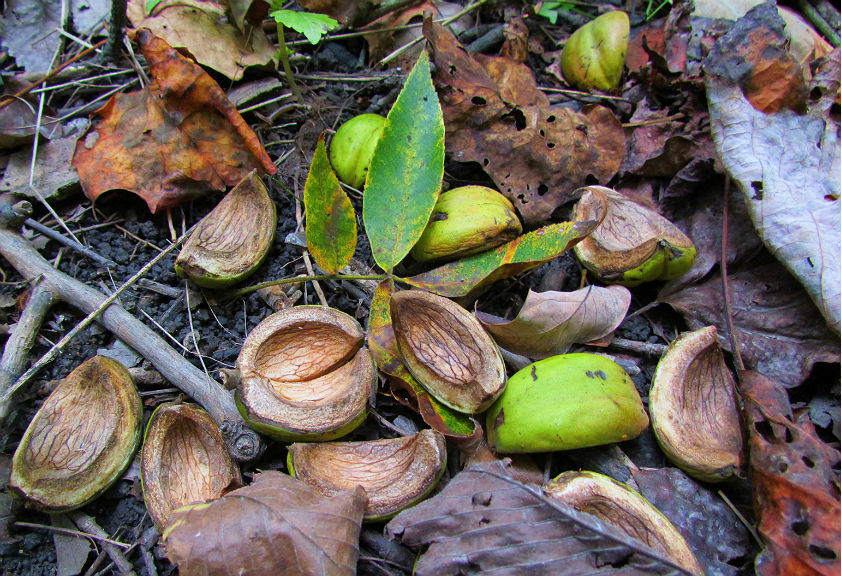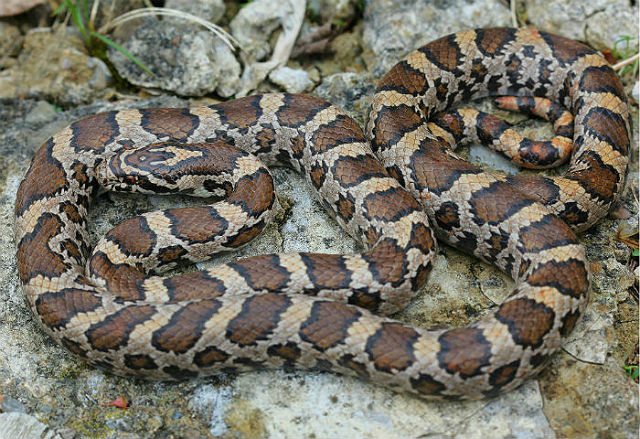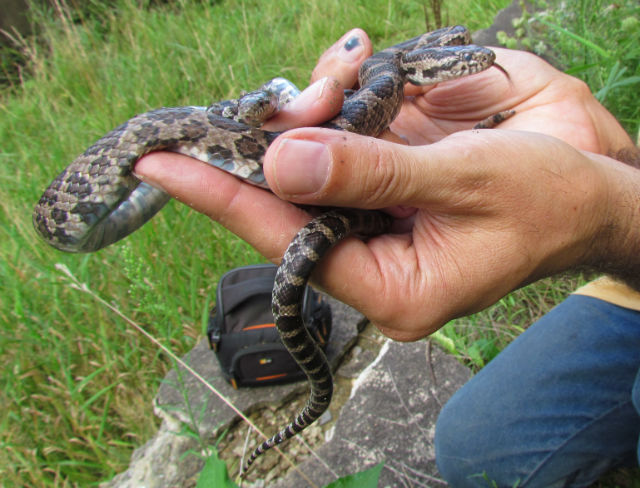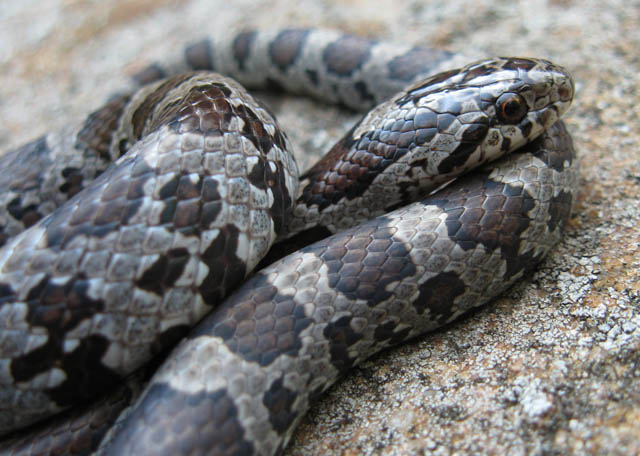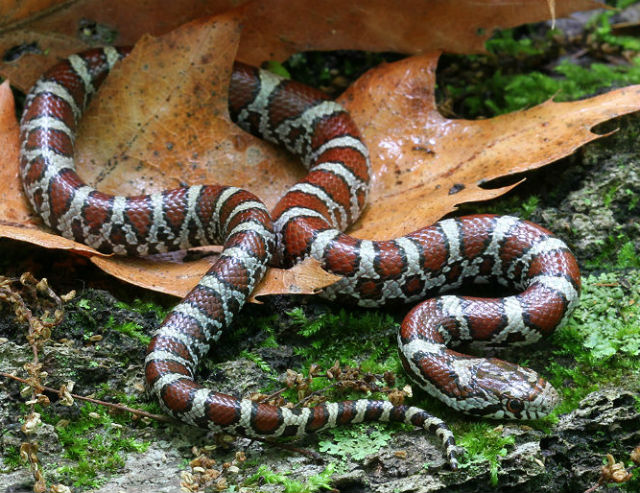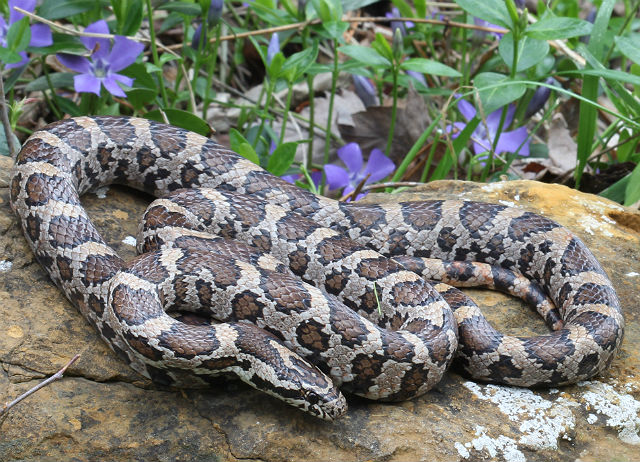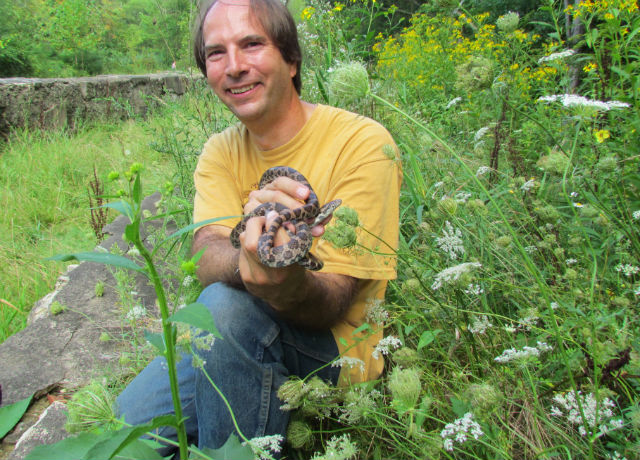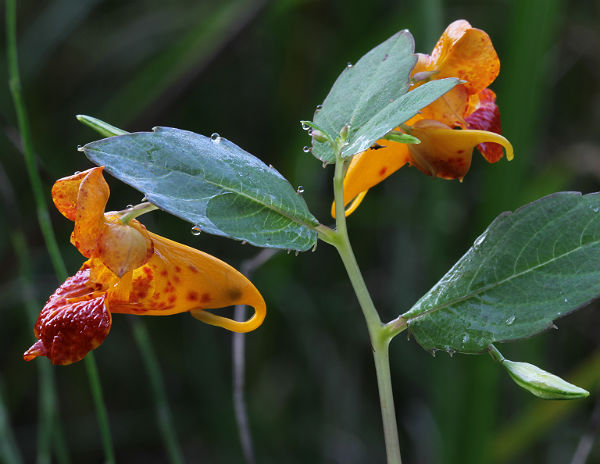
The recent heavy autumn rains have brought to the surface of the forest floor many tiny amphibians that have been waiting out the dry, hot summer deep underground.
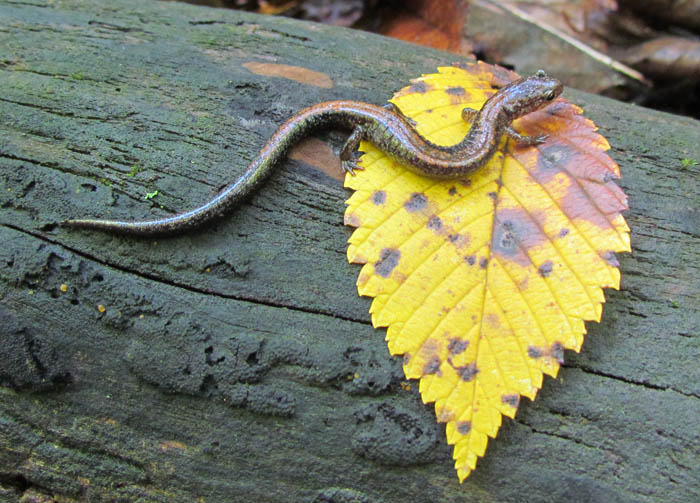
Woodland salamanders with short legs, Redbacks are part of a large group known as “lungless salamanders.” Breathing is accomplished by absorbing oxygen through the skin and mouth lining. Lungless salamanders will drown if submerged in water for a long period of time.

Unlike most amphibians, Redback Salamanders are completely independent of water. There is no tadpole or larva stage. The eggs, usually six to eight, are laid in hanging grape-like clusters under moist rocks and logs. The female coils around the eggs to protect them from predators and prevent them from drying out during the six week incubation period.

These are small, slender creatures usually less than 4 inches in total length. The Northern Redback’s world is magical and unfamiliar to us – they hunt in the damp thickness of leaf litter just below the forest floor.
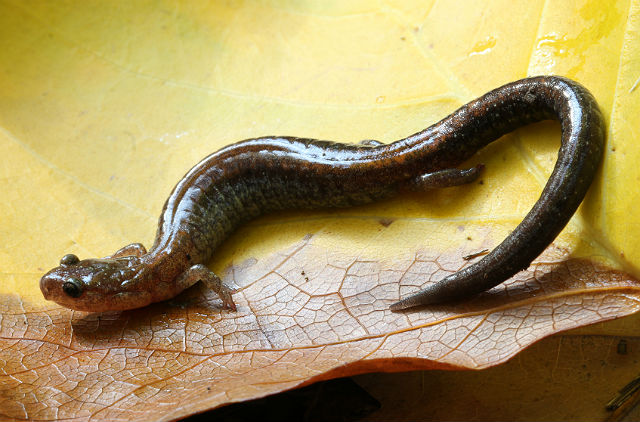
In addition to the highly variable “red” back (it also occurs in a “leadback” variation, which is dark and unpatterned) this amphibian is often sprinkled with greenish metallic highlights. Here is a “leadback” version:

Although not often seen, throughout most of their range Redback Salamanders are very common – they can be the most common vertebrate in the eastern woods. Population densities of Northern Redbacked Salamanders can range from 800 to 8,000 salamanders per acre. This species lives throughout most of the northeastern United States.
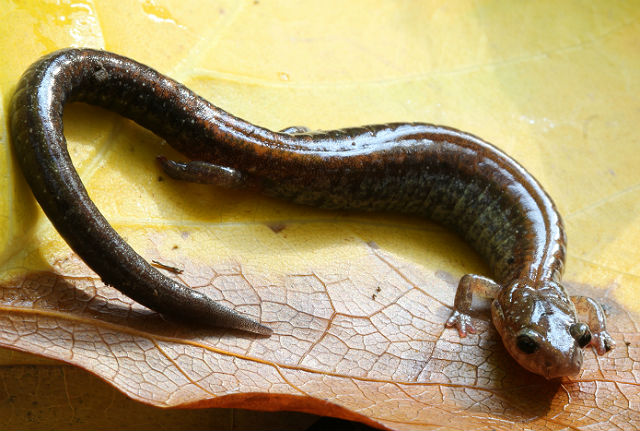
Because they’re so abundant, they play an important role in forest food chains. They’re active predators and eat just about anything they can catch (ants, termites, beetles, earthworms, spiders, slugs, mites, and millipedes). On the other hand, Northern Redback Salamanders are important food items for small forest snakes and birds that forage in the leaf litter.
Third Eye Herp
E-mail








